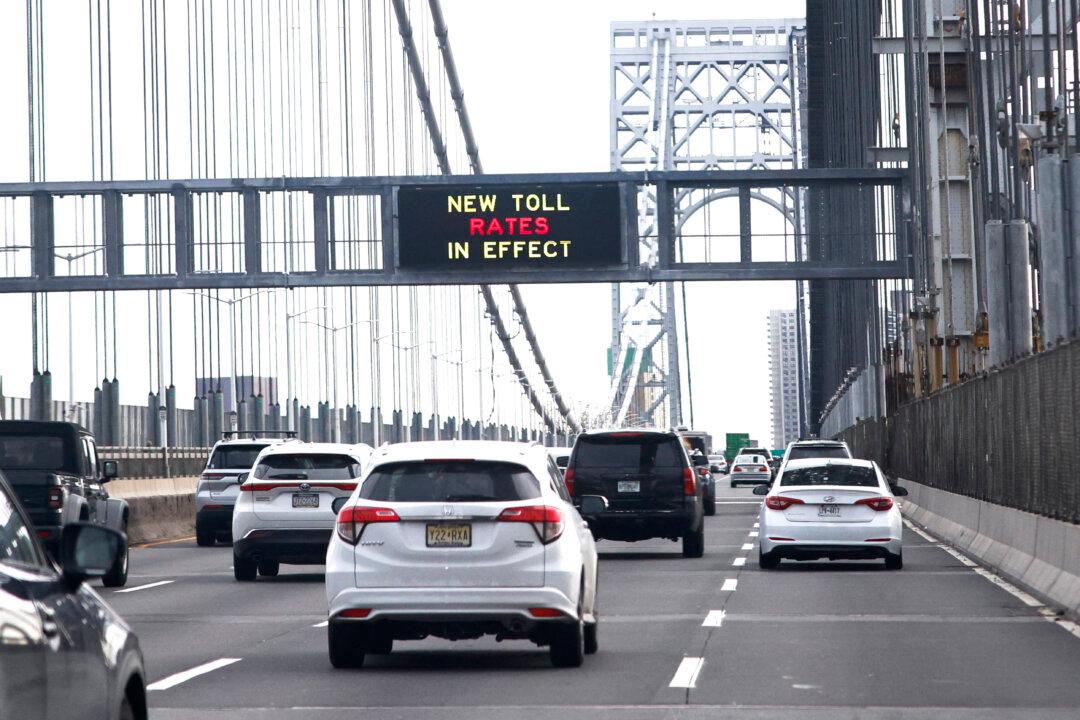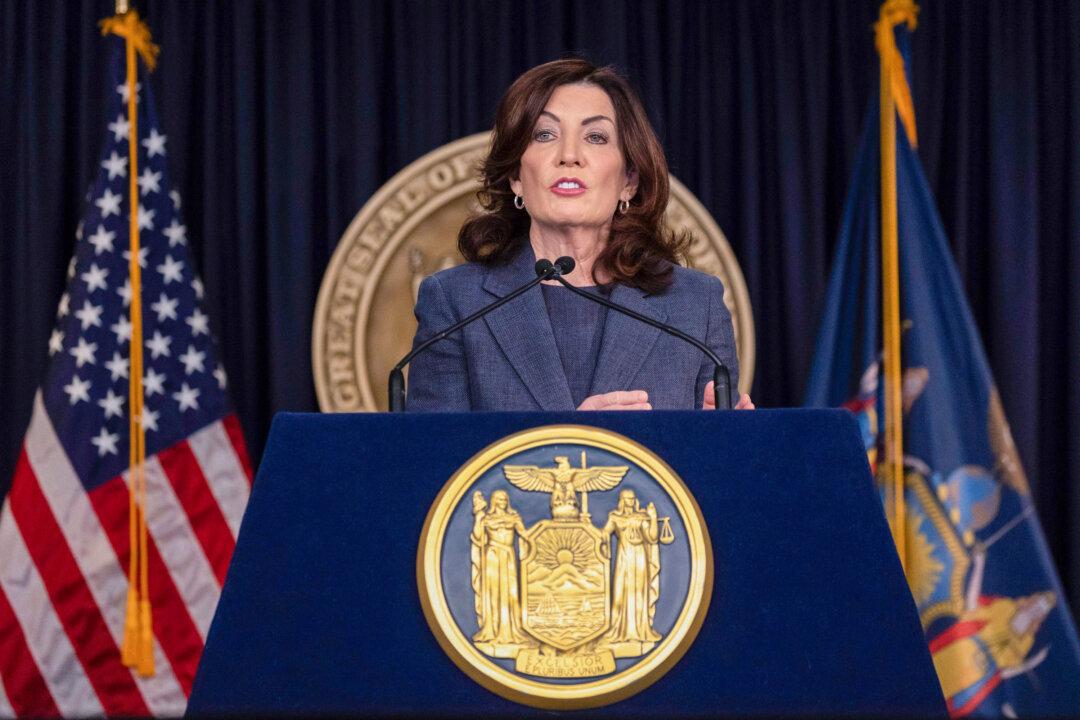Mr. Bankman-Fried looked nervous and shifty-eyed during questioning, and his trimmed hair and somber suit contrasted dramatically with the raffish appearance he came to be known for as CEO of the failed exchange. He described many failures on the part of members of his inner circle.
In his wide-ranging remarks, Mr. Bankman-Fried appeared to relish the opportunity to counter some of the highly critical characterizations that emerged during earlier weeks of the trial, which began Oct. 3.
For their part, prosecutors have hit the former CEO and high-flying mogul with an array of criminal charges, the most serious of which include wire fraud, securities fraud, and money laundering, which could potentially incur a more than 100-year prison sentence.
During the Monday questioning, Mr. Bankman-Fried went to great lengths to portray FTX as a firm that made good-faith efforts to stay on top of what its employees and, to a certain extent, its customers were up to and of the state of its finances. And, by implication, as a company where any failings of oversight might have resulted from inexperience rather than willful neglect.
Mr. Bankman-Fried said that he had concerns about the potential for fraud, and credit card fraud in particular, on the part of unscrupulous users. He did not want to lose sight of the overall financial picture and made efforts to monitor the state of FTX finances, he claimed.
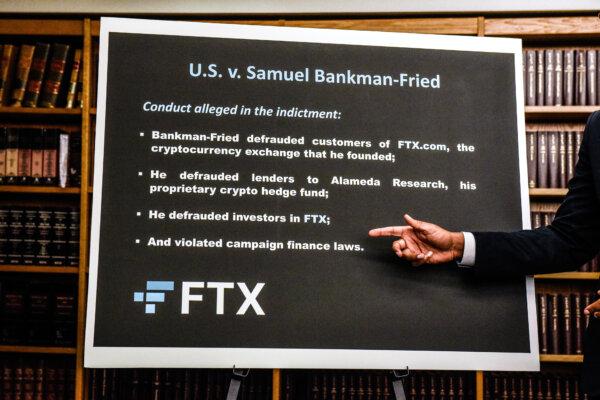
One protocol was an analysis called User Risk Score, he said, which united a number of risk assessment and management methodologies.
“User Risk Score was an attempt to come up with a single metric. This was a significant and long-running project. The core goal was for the developer to have, at all points, what FTX’s revenue was, what it had in each bank account, everything that went into its financials.”
Mr. Bankman-Fried claimed to have spent 30 minutes to an hour each day going over these analytics. He wanted to be meticulous not only about internal red flags but also about customer activity that might pose a danger to the stability and solvency of the exchange. He had concerns about what might happen when customers incurred large trading losses.
“The core risk that FTX faced related to business is, what would happen to an account when the customer would not be able to have enough value? That could potentially create a hole in the system,” he said.
He claimed this concern drove him and his colleagues to follow a protocol aimed at minimizing risk as much as possible.
Blaming His Former Colleague and Girlfriend
If Mr. Bankman-Fried was so aware of counterparty and customer risk, then it might seem reasonable to ask how FTX ended up in a position where its hedge fund affiliate, Alameda Research, was insolvent and owed FTX to the tune of $10 billion. Subsequent questions in the Monday testimony were aimed at getting to the bottom of this issue.After the price of Bitcoin fell sharply in June 2022, falling below $20,000 for the first time in years and rattling nerves in the crypto markets, Mr. Bankman-Fried held a meeting with Caroline Ellison, the head of Alameda Research, and his one-time girlfriend.
”I called a meeting with Caroline, and I told her that I was very concerned about Alameda, to a certain extent about its failure to hedge but much more about its current market exposure. It had fallen from $40 billion to $10 billion over the past year,” Mr. Bankman-Fried recalled.
“If there was another 50 percent broad market decline, I was worried that Alameda might become insolvent,” he said.
Ms. Ellison’s reaction, as Mr. Bankman-Fried described it, was not what anyone would expect of a seasoned executive full of confidence in her fintech savvy and decisive leadership.
“She started crying. She agreed that Alameda should have hedged. She agreed that maybe Alameda shouldn’t have made certain venture investments. She offered to step down,” he said.
In the face of such manifest weakness and inability to lead, Mr. Bankman-Fried portrayed himself as magnanimous and forgiving, perhaps even to a fault.
“At the end of the day, I was worried maybe I hadn’t communicated with her clearly enough. By far, my biggest concern was that if Alameda remained unhedged, it might go bankrupt,” he said.
The image emerges of a well-meaning FTX CEO who is not afraid to criticize himself and who, in the summer of 2022, had reasonable concerns about the affiliate’s ability to anticipate and manage risk. But the fault here, in Mr. Bankman-Fried’s telling, clearly lay with a weak and ineffective colleague, not with him.
“The total scale of liabilities was on the ballpark of $10 billion that Alameda owed to FTX. It was at a level where I wanted to make sure I understood the context,” he said.
Here again, Mr. Bankman-Fried reiterated claims of good faith on his own part and suggested that mismanagement on the part of a member of his inner circle was to blame for the escalating liquidity crisis at his firm. He cast himself in the role of a prudent financial monitor and contrasted Alameda’s and Ms. Ellison’s profligacy with his own probity.
“I certainly didn’t feel like Alameda was in a position where it could do a $4 billion expenditure,” he said.
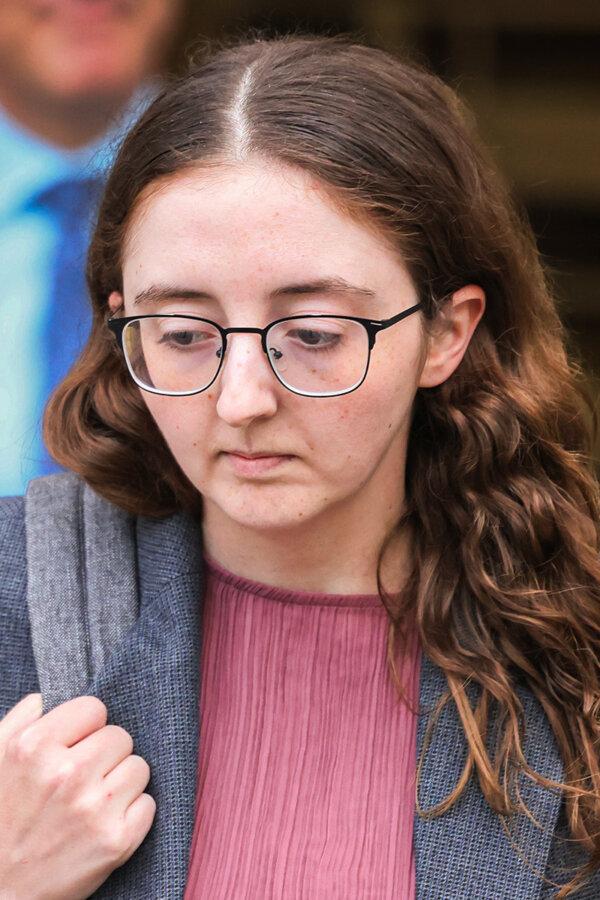
Traveling Widely as Things Fell Apart
Questions turned to Mr. Bankman-Fried’s tendency to hit the road even as FTX moved ever closer to the cataclysm of November 2022. The former CEO smiled awkwardly and admitted that he took more trips than he might strictly have had to take.“I was gone more than a hundred days in 2022,” he said.
Mr. Bankman-Fried did not acknowledge that FTX’s financial situation might have called for a more hands-on approach but argued for the necessity of his frequent travels.
Many of these trips were visits to Washington, where he met with senators and financial regulators whom he wished to persuade to draft legislation favorable to cryptocurrency exchanges and firms, he said.
Binance Sinks FTX
Among the segments of Monday’s testimony most potentially damaging to Mr. Bankman-Fried, from both a legal and reputational standpoint, had to do with his failure to anticipate the dangers of FTX’s rivalry with Binance, another leading cryptocurrency exchange.Mr. Bankman-Fried acknowledged that Binance, under the leadership of Changpeng Zhao or “CZ,” was FTX’s largest competitor, with some 40 percent of global crypto asset value.
“The relationship between FTX and Binance was frosty, and had been for a little while,” Mr. Bankman-Fried said.
Given this reality, it may seem odd to some that no one at FTX anticipated certain moves that Binance, which was heavily invested in FTX’s FTT crypto token, might take, with catastrophic consequences for FTX.
“I reached out to Caroline to ask if she wanted to comment on it. She was traveling and didn’t get back to me until after the article came out,” he recalled.
With these terse words, CZ triggered what Mr. Bankman-Fried, in his Monday testimony, repeatedly called a “bank run.” FTX had typically received withdrawal requests from customers amounting to about $15 million per day, he recalled.
On Nov. 6, 2022, customers pulled $1 billion from FTX.
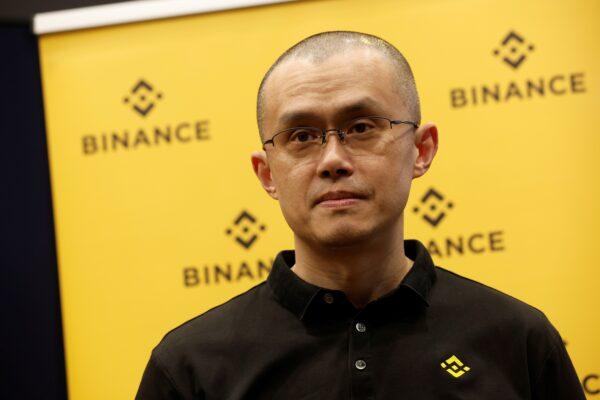
“It signified what I viewed to be a potential run on the bank, and a liquidity crisis if it continued,” he said.
Continue it did. “Beginning on the evening of November 7 and continuing to November 8, there was a market crash.”
The dramatic events brought Alameda from solvency to a marginal status, to say the least.
“Overall, [we saw] an approximately 50 percent crash in Alameda’s assets, from an NAV [net asset value] of above $10 billion to only a little above zero,” he stated.
“In my view at the time, while Alameda was still solvent, as was FTX, it was going to be a lengthy process,” Mr. Bankman-Fried said.
“It” referred here to the process of fulfilling customer withdrawal requests, which were deluging the exchange at a rate he and his colleagues had never seen and trying to get back on a surer footing. FTX was able to meet neither objective in the months following CZ’s tweet.
But even in the face of his delegation of critical tasks to young and underqualified personnel, his wide traveling when urgent issues needed his attention, and his failure to anticipate the dangers of a rival holding so many shares of FTT, Mr. Bankman-Fried was careful to use a passive construction in recounting what happened in those harrowing months.
“There was a market crash.” Indeed.
Mr. Bankman-Fried may have acknowledged some lapses of oversight on his own part—he did concede that he took too many trips while CEO of FTX—yet he also blamed colleagues and subordinates. This may well be a deliberate strategy, believes William Kovacic, a professor at the George Washington University School of Law.
“This is a very difficult line that he has to walk, on the one hand, to gain the sympathy of jurors by acknowledging fault, weakness, and failure. But at the same time to suggest that ‘I did truly rely on subordinates who didn’t serve me well,’” Kovacic told The Epoch Times.
“Those are two tricky things to bring together, to be partly contrite but also to be accusatory. In a way, it’s something that Theranos founder Elizabeth Holmes sought to do in her testimony. ‘I was in over my head, and made bad choices, in that circumstance but I was not malevolent,’” Mr. Kovacic said.
The Epoch Times has reached out to Mr. Bankman-Fried’s legal team for comment.




